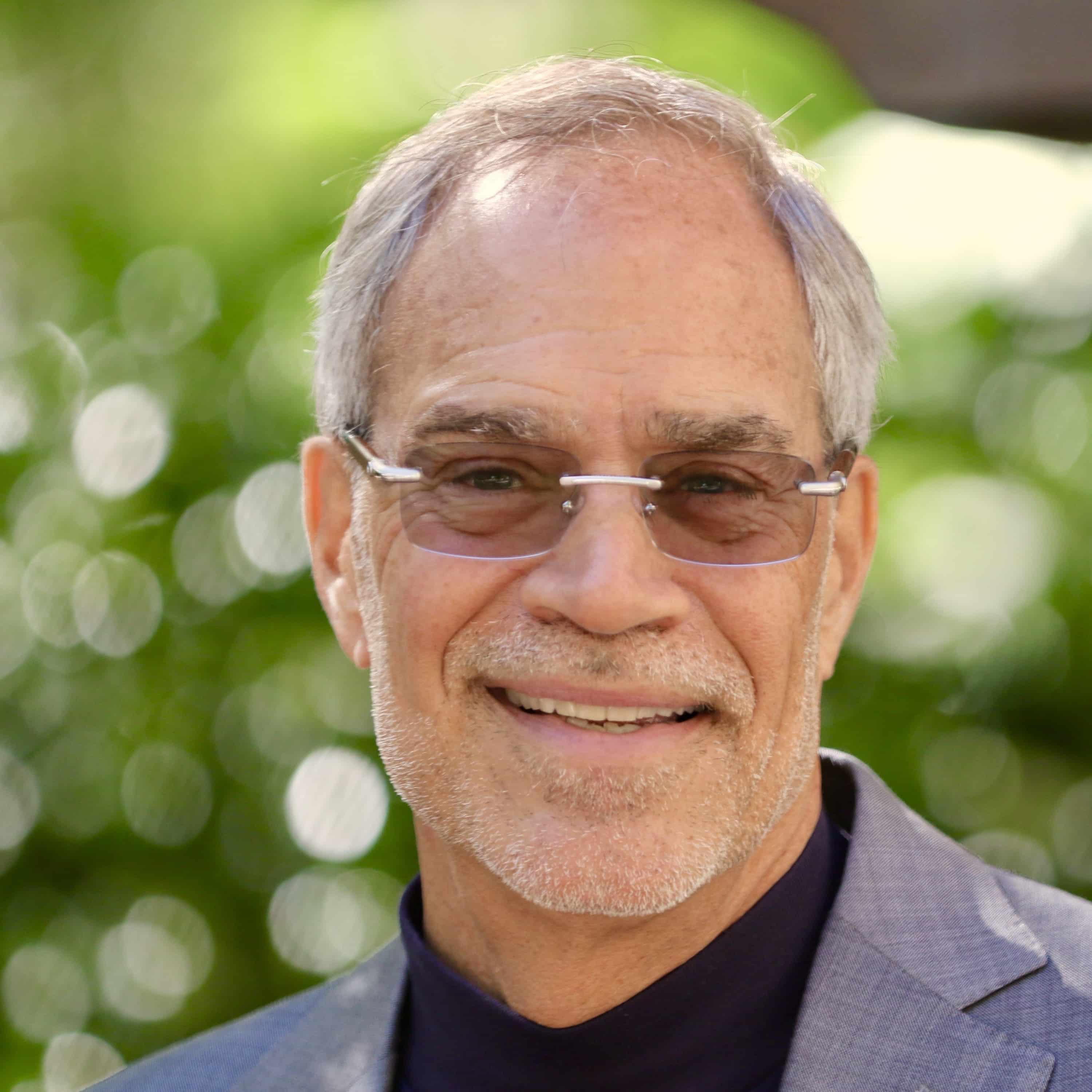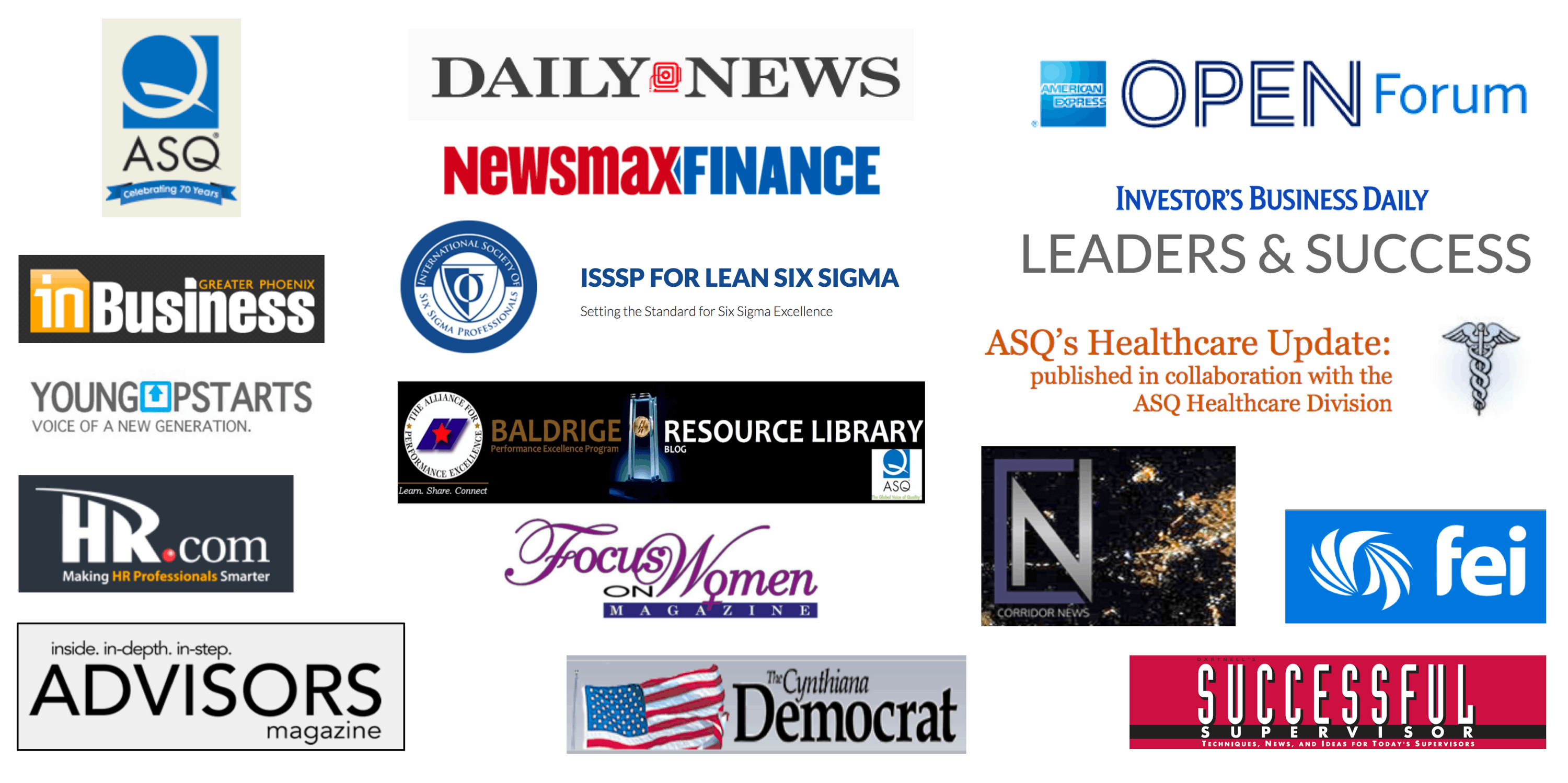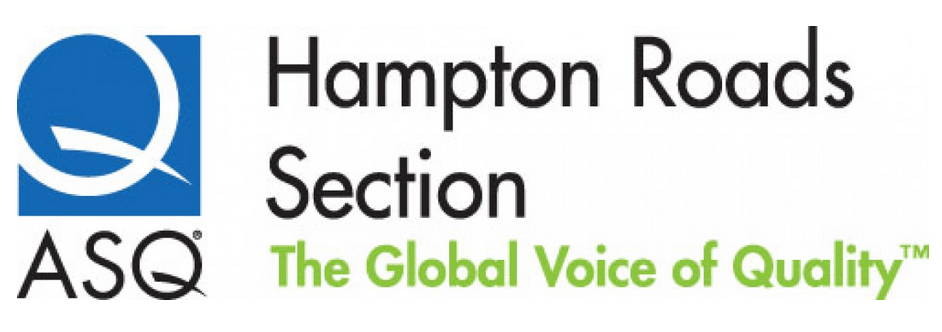Featured In The News
Publications that have highlighted Rob’s methods and successes include…
Leverage Leadership Practices with Fiduciary Principles
To have a fiduciary role is to put the financial interests of customers first. That customer-centered principle would seem to be at odds with self-centered priorities such as making a profit (to the implied disadvantage of customers). But show me the business that truly cares about its customers’ well-being and I’ll show you an organization destined for sustainable greatness. Being customer-centered is no handicap.
Financial executives will be pardoned for failing to understand or embrace their potential fiduciary role when they are not narrowly involved in guiding investors. After all, there are at least four major definitions of fiduciary responsibility and scope if we only consider written standards from the SEC, Department of Labor, CFP Board and NAPFA. Like most standards, these are minimums. Those already practicing the underlying customer-centered principles can feel vindicated that they have been ahead of the curve for some time, focused on optimums. Others can feel something new and painful is being jammed down their throat.
Who would be the best person on your business’ leadership team to make sure that any decisions about a product’s profitability be paired with the intended customer’s financial benefit? Marketing executives may talk about it, but the financial executive has the means and fiduciary responsibility to measure and report on the customer’s benefit. That means the cost and profit for each car built should include the total cost of ownership, as well as the retained value of the asset at resale. A Tesla Model 3 may cost more to buy at $35,000 but can cost much less to own, compared to the competing Detroit products. When was the last time you saw that information on the new car sticker at GM or Ford? It’s on the door of the new refrigerator you are thinking of buying. That means it is possible to know and, when known, could create a competitive advantage. There is that win-win, enhanced by adopting a fiduciary role.
Read entire article on FEI
The ‘Lemonade Lesson’ About Lost Opportunity
We’ve all heard the admonition to make lemonade when life throws us lemons. Turning adversity into opportunity has great personal appeal.
Acting on that idea in a systematic way when we are an organizational leader requires more than just good attitude. The first step starts with recognition of a pervasive problem that is so common it can seem invisible or trivial.
While it is true that poor service can end up as a YouTube clip that is treated as a one-off PR crisis, your everyday restaurant experience offers an example of pervasive opportunity, revealing another set of insights. Once you are seated and have a menu, the server will typically ask what you and your guests would like to drink. My preference is fresh lemonade, so I ask for that. Well over half the time, the server will tell me some version of, “We don’t have fresh lemonade.” So I calmly ask, “What part of the lemonade don’t we have?” At this point, the usual server looks momentarily like deer in the headlights. He or she was expecting me to simply make another, if less desirable, drink choice. Instead, the poor server is on the receiving end of a quiz and is unprepared to answer.
Read entire article on NEWSMAX
Is Your Company Product-Centered or Customer-Centered?
Declaring that “the customer is always right” has been a common guideline for businesses forever. But today, many businesses take a more nuanced and profound stance, seeking to be customer-centered—as opposed to product- or producer-centered—in search of ways to distinguish themselves from competitors and cement their market position.
Customer-centered companies tend to focus on identifying and satisfying customer needs and ensuring customers have pleasant experiences when they have complaints, questions or other interactions. Product-centered businesses emphasize developing superior products, adding new features and improving internal processes and efficiency.
Yet even though focusing on customers is often regarded as the best approach, it seems as though product-centered businesses are more common.
“Many leaders operate under the illusion that they and their organizations are customer-centered and put customers first. The evidence says otherwise,” says Robin Lawton, creator of Sarasota, Florida, customer-centered culture consulting firm C3 Excellence and author of Mastering Excellence.
When businesses focus on products rather than customers, they may be at risk of losing touch with the market, missing new trends and being replaced by more responsive competitors. “Producer-centered organizations suffer from process preoccupation, constantly seeking efficiencies without commensurate emphasis on effectiveness as defined by customers,” says Lawton. “They emphasize how work is done, not why.”
Becoming more customer-centered can be a way to help many businesses improve customer satisfaction and loyalty, and boost sales and profits. “We have seen even the most seemingly product-oriented industries out there, like surgical equipment makers, gain from taking a more customer-centric perspective,” says Steve Wunker, managing director of Boston consulting firm New Markets Advisors and co-author of Jobs to Be Done: A Roadmap for Customer-Centered Innovation.
The Value of Customer-Centricity
Experts on customer-centricity recommend that businesses measure and try to improve the degree to which they focus on customer needs.
“It’s never a good idea to be producer-centered and not customer-centered,” Lawton says. “I have seen no examples—having worked with every kind of enterprise you can think of—where it would be a wise idea for them to not be customer-centered.”
When choosing a market to compete in, businesses may do well to recognize that not all customers will welcome the offerings they are capable of producing. “You should choose the market that lets you be successful and then design around that market,” Hunsaker says.
Wunker agrees that researching opportunities and carefully selecting customers is important. “Ultimately you can’t do everything for everybody,” he says. “You have to choose. But first understand the landscape of opportunity, then focus. Focusing before gaining perspective is a form of blindness.”
Customer-centricity may even become more important in the future. “The internet and globalization have combined to commoditize industry after industry,” Wunker says. “If companies want to escape incessant price pressure, they have to redefine how the game is played. Becoming more customer-centric is a critical way to do so.”
So, Which One Are You?
Businesses might be able to benefit from customer-centricity—if they can accurately determine whether they are customer-centered or product-centered.
“It is important to have clear criteria for determining how customer-centered an organization is and dramatically strengthening that focus and culture,” says Lawton.
Read entire article on the American Express Open Forum
Thursday, June 29, 2017
A Customer-Centered Culture can Eliminate Brand-damaging Fiascos
Sometimes, when you read or watch the news, the adage that “the customer is always right” doesn’t seem to be followed much anymore.
The airline industry, for example, has run into a lot of customer turbulence this year, thanks to several mishandled passenger interactions: giving a toddler’s seat to a standby passenger, pulling a doctor off an overbooked flight in Chicago, booting a couple off a flight in Maui when they put their baby in a seat purchased for his brother.
But airlines aren’t the only offenders. We’ve also heard call center employees go off on customers, read about store employees using racial slurs and seen deliverymen literally drop packages on front porches.
Any time an employee behaves badly, the scene is likely to be captured by at least one smart phone — and it will go viral. You would think companies would be alert to that possibility and avoid viral moments as much as possible. And yet, they happen again and again — and again.
Why? One reason could be that company policies are unclear about priorities. Employees are then left to decide, sometimes on the spot, if it’s okay to go against guidelines to satisfy the person in front of them, and whether doing so will lead to disciplinary action — perhaps even dismissal — later.
Take that decision-making into the real world, with stressful deadlines, cranky consumers and other frustrations, and there’s no telling which way it could go.
Read entire article on the NY Daily News
3 Ways To Make Company Priorities More Clear To Your Employees
Good communication is a key to success in any endeavor.
Yet in the business world there’s often the sort of “failure to communicate” referenced in the movie Cool Hand Luke. That failure in the movie resulted in the premature demise of the hero. In real life when leaders are unclear about their expectations, employees often muddle through blindly, work at cross-purposes or pursue unintended, unproductive directions. The result is poor organizational performance, if not an early obituary for the leader and his or her vision.
Ambiguity is pervasive in every organization but is rarely recognized and poorly remedied, keeping organizations from achieving success. For example, most business leaders will say their top priorities include service and customer satisfaction. Yet seeking improvement in those areas without being clear on what you mean by them is a fool’s errand.
To make the journey from ambiguity to clarity read the entire article on Young Upstarts, Voice of a New Generation
A Customer-Centered Culture can Build and Restore a Company’s Reputation
How do you build a stellar reputation and create the best possible defense against a customer-experienced disaster? The solution is to create a customer-centered culture. Although this is one of the most complex and difficult tasks a leader has, there is a straightforward approach that gets eye-popping results fast.
Leaders eliminate ambiguity. Many leaders say customer satisfaction is among their firm’s highest priorities, but have no written customer satisfaction policy. They’ve got policies for hiring, money management, supplier selection and myriad other issues. With no policy for customer satisfaction, how important can it really be? Close that ambiguity gap now!
Don’t tell me what you value, show me what you measure. The hospitality industry offers a simple example of measurement ambiguity. The most important priority for business customers is a good night’s sleep. Good luck finding sleep questions on the customer survey. There are eight dimensions of enterprise excellence, but only four are generally defined and measured. Four more gaps to close. For more information, see 8 Dimensions of Excellence.
Read entire article on the NY Daily News
6 Ways To Make Sure Your Aims Reach A Far-Flung Workforce
Once you set a goal for your team, the next step is to ensure that it sinks in. People need to take it seriously. That’s hard enough when your staff resides under the same roof. But it’s tougher if you oversee a far-flung workforce. To communicate your goals to a global audience: Link goals to themes. If your global audience understands the overriding themes that matter most to you and the organization, then show how your goal connects to the big picture. Author of “Mastering Excellence,” Lawton cites three common themes: outcomes, products and processes. He urges leaders to tie a specific goal to one of those themes to “create a level of simplicity and consistency that clarifies your focus. “Americans tend to maintain a business focus on things that’s independent of personal relationships,” said Robin Lawton, a consultant in Sarasota, Fla., who grew up in Latin America. “If you want people to accept your goals, you’ll limit your success unless you bond with them and learn what’s important to them.” For Rob’s related blog see Goal Setting for Highly Effective Leaders.
Investor’s Business Daily
Morey Stettner interview with Robin Lawton – May 23, 2017
The 8 Dimensions of Excellence
What do customers want anyway?: A review of “The 8 Dimensions of Excellence” (Part 1) Normally, a reviewer should be able to write their entire analysis of a Baldrige Resource Library article in one blog. However, when it’s the case of Robin Lawton’s “The 8 Dimensions of Excellence” which is chock-full of lists, graphics, charts and more pastels than a “Miami Vice” rerun, I would do a disservice to the author and the reader if I limited it to just one 600+-word review. There’s just too much here.
What do customers want anyway?: A review of “The 8 Dimensions of Excellence” (Part 2) It’s a common belief, borne out by experience, that no business is successful without some sort of planning. It may come in the form of a business plan or an outline or a list of goals. Whatever the form, some planning needs to be completed or else the business may never reach its potential or it may fail altogether. Baldrige article author, Robin Lawton, undertakes this issue and several other related ones in the second half of “The 8 Dimensions of Excellence”.
Baldrige Performance Excellence Program, Research Library
Other Publications
Books include:
- Mastering Excellence: A Leader’s Guide to Aligning Strategy, Culture, Customer Experience and Measures of Success, R. Lawton, C3 Excellence Publishing, 2017
- Leadership: Helping Others to Succeed, R. Lawton, Insight Publishing, 2014
- The Change Agent’s Guide to Radical Improvement, K. Miller with R. Lawton, Quality Press, 2002
- Creating a Customer-Centered Culture: Leadership in Quality, Innovation & Speed, R. Lawton, Quality Press, 1993.
Additional Articles include:
- “8 Dimensions of Excellence”
- “Voice of the Customer in a Widget-Free World”
- “Heart, Mind and Voice of the Customer”
- “Balance Your Balanced Scorecard”
- “Creating Total Customer Satisfaction: A Service Quality Strategy”
- “Applying Customer-Centered Quality to Human Resources”
Podcasts, Broadcasts & Print Interviews include:
- “Finding the Voice of the Customer in Healthcare”, Healthcare Division of ASQ, December, 2011
- “Reframe the Concept of Service Work”, HRFuture Global, February, 2012
Books referencing Mr. Lawton’s ideas and authored works include:
- Beyond Strategic Vision, Effective Corporate Action with Hoshin Planning, M. Cowley, E. Domb
- The Lean Extended Enterprise: Moving Beyond the Four Walls to Value Stream Excellence, T. Burton
- Managing with the Wisdom of Love: Uncovering Virtue in People and Organizations, D. Marcic
- The Kaizen Blitz: Accelerating Breakthroughs in Productivity and Performance, A. Laraia
- The Performance Improvement Toolkit: The Guide to Knowledge Based Improvement, R. Gerst
- ISO 9001:2000 Quality Management System Design, J. Schlickman
- Tools to Create Great Corporate Strategies Using Insights from History and Science, Dudik & Dudik
- We Don’t Make Widgets, K. Miller
My passion is to bring thought-leading ideas to leaders like you,
helping you rapidly achieve the highest levels of performance
you can envision for your organization.
Rob Lawton









